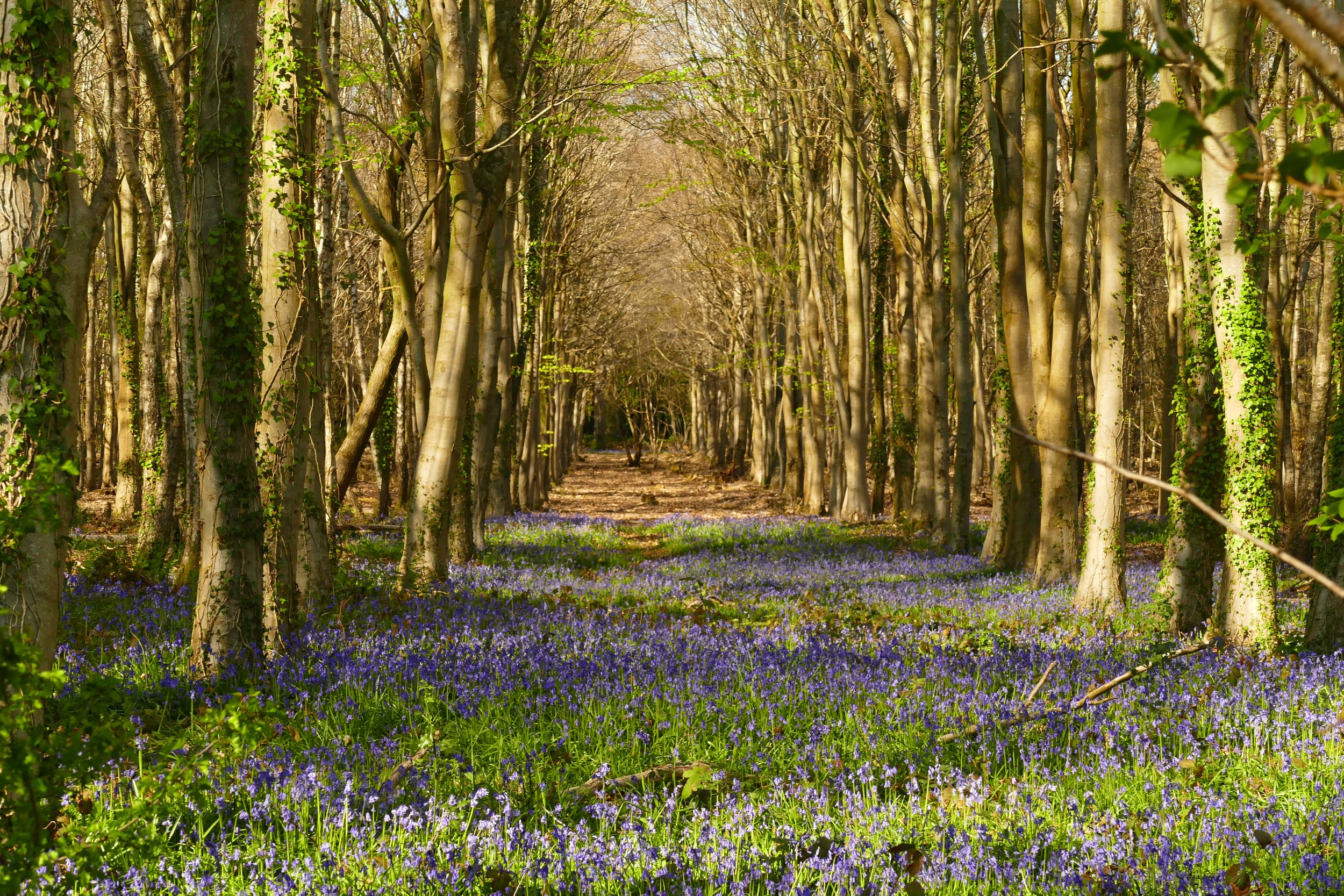Broadwater Park & The Godalming Navigation
Godalming
Children will enjoy a choice of two play areas, working locks on the navigation and a lake full of ducks.
The Godalming Navigation tow path in the direction of Guildford
The Basics
Time: About 20 minutes around the lake, or 40 minutes to walk around the lake and then on to Godalming or Peasmarsh
Distance: 1 km to walk around the lake (circular), 2.7 km to walk to Peasmarsh (linear), 2.9 km to walk to Godalming town centre (linear)
Terrain: Flat, but sometimes uneven tow paths, paved paths around the lake, busy road crossing
Pushchairs: A pushchair could certainly get around the paved paths around Broadwater Park. The tow path is flat and sometimes narrow and uneven, but most pushchairs should manage it. The copse between Broadwater Park and the navigation can be muddy in winter.
Dogs: Dogs are welcome in Broadwater Park and along the tow path. The play area at Broadwater Park is enclosed and dogs must stay outside. The play area at Peasmarsh is not enclosed and is on the village green
Refreshments: There is a picnic area beside the lake in Broadwater Park as well as Waffles and Stuff kiosk selling coffees, baps and a range of decadent waffles (this is by the rugby club car park)
Toilets: Beside the play area in Broadwater Park
Public Transport: Trains on the main London to Portsmouth line stop at Godalming and buses stop at Broadwater Park
Parking: A range of free car parks in Broadwater Park, the largest being beside the leisure centre on Summers Road (Postcode: GU73BH - W3W: system/scarcely/hardly)
The park on Peasdown village green
Broadwater Park in Farncombe, next to Godalming is a popular spot for families. You can park for free, grab some waffles, walk around the lake in under half an hour, feed the ducks and play at the play area. But your visit can be made even better by walking down to The Godalming Navigation. In one direction you can walk to Godalming town centre and in the other direction a pretty village play area in Peasmarsh.
The Route
If you parked at the main car park by the leisure centre, exit the car park towards the lake and away from the road. Turn right to find the play area and turn left to find the picnic area. If you just want to walk around the lake, it won’t take you much more than twenty minutes and will be on paved paths.
If you want to add a walk along the Godalming Navigation tow path, you need to look out for the flat little wooden bridge that goes over a water outlet from the lake. This is near Waffles and Stuff and on the opposite side of the lake to the play area. Just before, or after depending on which way you walked around the lake, there is a path exiting the park towards the road. The road is busy and you will need to cross with care, but there is an island in the middle to help you. Follow the footpath on the other side of the road down to the canal.
Once you reach the canal, you can chose to go left or right along the tow path
Right along the towpath will take you in the direction of Godalming. Going right will take you along the Godalming Navigation towards the town. You will pass Farncombe Boat House, where you will need to cross the road and then Catteshall Lock. When you reach the United Church, you will need to go up onto the road bridge, and from here, it is a short hop across the roundabout to Godalming town centre with all the usual shops, cafes, pubs etc. You can vary the route back by taking the path through Lammas Lands, but beware there is usually cattle in here.
Left along the towpath will take you in the direction of Guildford. You can walk as far as you like along the Godalming Navigation, but a good place to stop with children is Peasmarsh, where there is a lovely play area on the village green. To get here, walk along the towpath, crossing the road at one point towards Unstead Lock. After the lock, look for a bridge over the water with black metal railings, turn left here and go up the steps. Turn left onto the cycle path along the disused railway track. At a green iron road bridge, turn left and follow the path going parallel to the road. Turn left into Oakdene Road to find the play area.
Did you know?
The Wey was one of the first British rivers to be made navigable, and opened to barge traffic in 1653.
If you like this walk…
…try this one at Pyford, which follows another section of The River Wey Navigation.
We are passionate about keeping The Ambling Path as a free resource available to everyone, forever. If you have enjoyed using our walking guides, then please consider leaving us a donation. This will help to cover our costs as well as rewarding the considerable time and effort needed to maintain the site. Thank you.




































